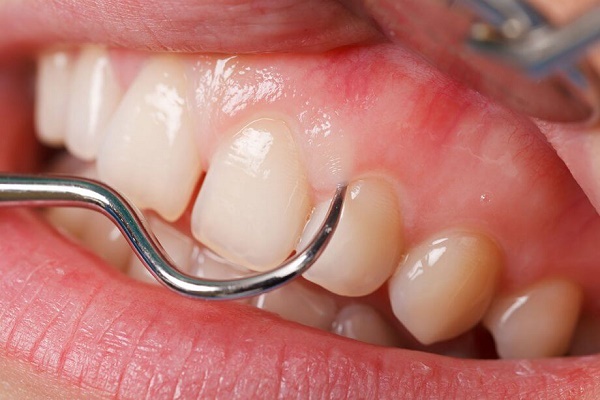
Scaling Root planing Treatment
Scaling and root planing, otherwise known as conventional periodontal therapy, non-surgical periodontal therapy, or deep cleaning, is the process of removing or eliminating dental plaque, its products and calculus-which cause inflammation. This helps to establish a periodontium (specialized tissues that surround and support the teeth) that is free of disease.
Root Planing and Scaling (Deep Cleaning) for Gum Disease
Scalingis a technique used where the plaque, tartar, and bio film are removed from your teeth just below your gum line. Regular deep cleanings can help reverse and prevent gum disease.
Root planing immediately follows scaling and is a procedure where your dentist smooths the root surfaces of your teeth just below your gum line. This makes it much more difficult for biofilm and plaque to accumulate.
Root planing and scaling is one of the most effective ways to treat gum disease before it becomes severe. Root planing and scaling cleans between the gums and the teeth down to the roots of your teeth.
Antibiotic fibers may be placed into the pockets between your teeth and gums. The antibiotic will help speed healing and prevent infection. The dentist will remove the fibers about 1 week after the procedure if used.
What To Expect After Treatment
If anesthesia is used, your lips and gums may remain numb for a few hours. Planing and scaling causes little or no discomfort.
Why Is It Done?
Root planing and scaling is done when gums have either started to pull away from the teeth or the roots of the teeth have hard mineral deposits (tartar) on them.
What are the Benefits of Scaling and Root Planing?
If you maintain good dental care after the procedure, the progression of gum disease should stop, and your gums will heal and become firm and pink again. After your deep cleaning, we will then schedule you for a follow up appointment to see how your gums are coming along. In most cases, if you have taken care to brush and floss properly, your gums will have begun to heal.
